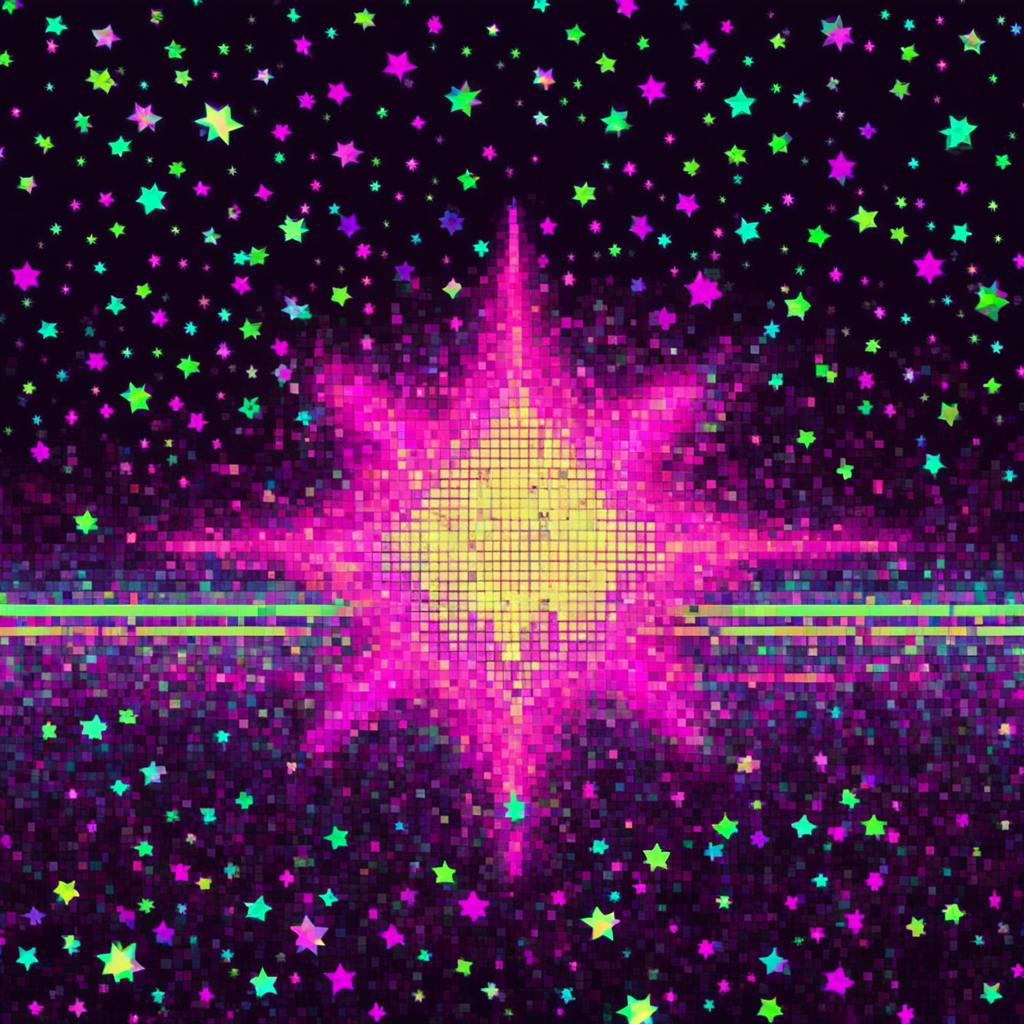Visual communication is at the forefront of delivering impactful messages, graphic design art styles play an essential role in how we perceive and interact with information. From minimalist and clean lines to vibrant and chaotic compositions, these styles not only influence aesthetic preferences but also shape effective communication strategies. As we explore these diverse styles, we will illuminate their historical roots, current applications, and potential to shape the future of graphic design, data visualization, and ultimately, communication itself.
Understanding Graphic Design Art Styles
At its core, graphic design is about conveying a message. Various art styles within this domain have emerged over time, each bringing a unique perspective to visual storytelling. Whether it's the stark simplicity of Minimalism or the nostalgic charm of Retro, these styles are anything but superficial; they are instrumental in defining the purpose and tone of a design work.
Let's dive into some key graphic design art styles and explore how they revolutionize visual communication:
- Minimalism: Characterized by clean lines, ample white space, and a focus on functionality, minimalism strips away the unnecessary to emphasize the essential. It’s a style celebrated for its elegance and clarity, making it a favorite in both print and digital media.
- Art Deco: Emerging in the early 20th century, Art Deco is marked by bold geometric shapes and lavish ornamentation. This style has a timeless appeal, often used to evoke a sense of grandeur and sophistication.
- Retro and Vintage: By incorporating design elements from the past, these styles tap into nostalgia and invoke sentimentality. They are particularly effective in branding, where a connection to tradition and history can strengthen consumer trust.
- Digital and Futuristic: Leveraging advanced technologies, this style embraces experimentation with augmented reality and 3D graphics, offering a glimpse into the future of immersive design experiences.
- Data Visualization: An increasingly crucial component of graphic design, data visualization transforms complex data sets into easily digestible visual formats. This style is essential for businesses and researchers aiming to communicate insights in a compelling and accessible way.

AI made with Heather Crank
FAQs: Demystifying Graphic Design Art Styles
Addressing common questions can further illuminate the power and versatility of graphic design art styles:
What is the importance of varying graphic design art styles?
Different art styles cater to diverse audiences and purposes. By selecting an appropriate style, designers can effectively tailor their designs to meet specific communication needs and evoke desired emotional responses.
How do graphic design styles influence data visualization?
Styles like Minimalism enhance clarity and comprehension in data visualization by emphasizing simplicity and focusing on key data insights. This approach ensures that viewers aren't overwhelmed by superfluous design elements.
Are there emerging trends in graphic design art styles?
Yes, the rise of digital and futuristic styles, driven by augmented reality and AI, is pushing the boundaries of traditional graphic design. These innovations promise richer, more interactive, and personalized user experiences.
FAQ: Graphic Design Art Styles
What are the different graphic design art styles that have revolutionized visual communication?
Graphic design is a dynamic field that has continually evolved through various artistic styles, each shaping and revolutionizing visual communication. Here are some of the most influential graphic design art styles:
- Art Nouveau (1890–1910): Characterized by its organic forms, flowing lines, and intricate typography, Art Nouveau introduced a seamless integration of art with design. Its emphasis on a holistic approach influenced various aspects of art and design, promoting an era of aesthetic quality in visual assets.
- Bauhaus (1919-1933): The Bauhaus movement revolutionized design by advocating for minimalism and functionality. It merged fine art with everyday function, promoting simplicity and geometric shapes. This approach laid the groundwork for modern design practices.
- Art Deco (1920s-1930s): Known for its opulent and luxurious style, Art Deco brought bold geometric patterns, sharp lines, and rich colors into design. It emphasized symmetry and structure and had a profound influence on architecture, typography, and interior design.
- Swiss/International Style (1940s–1980s): This style is hallmarked by a focus on cleanliness, readability, and objectivity, using sans-serif type, grid-based layouts, and asymmetrical compositions. It paved the way for modern corporate design due to its clarity and precision.
- Psychedelic (1960s–1970s): Emerging from the countercultural movements, psychedelic design used vibrant colors, distorted typography, and surreal imagery. It dramatically impacted posters, album covers, and even advertising, reflecting a cultural shift.
- Postmodernism (1970s–1990s): This style broke away from the conventions of modernism, embracing complexity and contradiction. It utilized pastiche, irony, and eclectic aesthetics, allowing for a playful and experimental approach in design.
- Digital and New Wave (1990s–present): With the advent of digital technology, graphic design entered a new era where dynamic elements, interactive designs, and multimedia creations expanded the possibilities of visual communication.
How do different design styles impact visual communication in graphic design?
Different design styles influence how messages are conveyed and perceived, impacting the emotional and psychological response of the audience. Here’s how they affect visual communication:
- Cultural Context: Design styles often reflect the cultural sentiments of their time. For instance, Art Nouveau was a reaction against industrialization, which influenced its organic aesthetics as a celebration of nature.
- Perception and Interpretation: The choice of style can also dictate how a message is interpreted. For example, the Bauhaus style's simplicity and functional design make it ideal for clear, direct communication, which is vital in corporate and instructional design.
- Emotional Engagement: Styles like the psychedelic movement utilize vibrant colors and dynamic forms to evoke strong emotional responses, engaging viewers in unique ways.
- Branding and Identity: The visual language of design styles can significantly shape brand identity, as seen with the use of Swiss Style in modern corporate branding for its clarity and professionalism.

AI made with Heather Crank
What are some examples of how graphic design art styles have evolved over time?
Graphic design art styles have continuously adapted to technological advancements and cultural shifts. Here are a few examples of this evolution:
- Typography: The transition from painstaking hand-lettering in Art Nouveau to digital typefaces in the New Wave era highlights the influence of technological progression on design practices.
- Media Influence: The progression from static print media in early 20th-century styles to the dynamic digital multimedia in contemporary design reflects the adaptation to new media forms and technologies.
- Social Impacts: The evolution from the uniformity and precision of International Style to the eclectic and diverse expressions of postmodernism illustrates the design world's reaction to social changes and movements for individualism and diversity.
Why is understanding different graphic design art styles important in the field of visual communication?
Understanding different graphic design art styles is crucial for several reasons:
- Informed Design Choices: A knowledgeable designer can make more informed choices that align the design with its intended purpose and audience by understanding the nuances of various styles.
- Cultural Awareness: Recognizing the history and context behind different styles allows designers to respect cultural traditions and avoid misappropriation, ensuring that visual communication is both ethical and impactful.
- Creative Innovation: Familiarity with past and contemporary styles fosters creativity and innovation, allowing designers to draw inspiration or create new hybrid styles that push the boundaries of visual communication.
- Role in Storytelling: Different styles offer varied ways to tell stories visually, influencing narrative structure and engagement, which is vital in marketing, branding, and content creation.
Mastering the art of graphic design involves not only technical skills but also an acute understanding of how visual styles can influence, innovate, and revolutionize communication.
Future Perspectives and Conclusion
As graphic design continues to intersect with technology, its art styles will evolve. Designers must remain attuned to these shifts to harness their full potential in visual communication. The integration of graphic design with emerging technologies like machine learning and AI will likely catalyze new styles, emphasizing the importance of adaptability and innovation.
In summary, the exploration of graphic design art styles provides a window into the dynamic world of visual communication. Whether grounding us in simplicity or propelling us into the future with avant-garde techniques, these styles are not merely aesthetic endeavors but essential instruments of impactful storytelling and data visualization. As design paradigms shift, so too will the tools and styles, promising a vibrant future for graphic design and visual communication.

